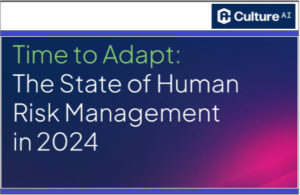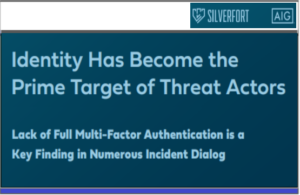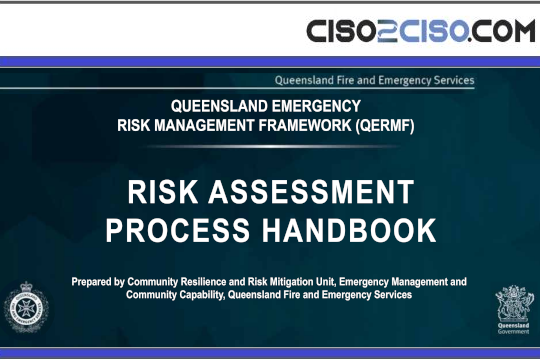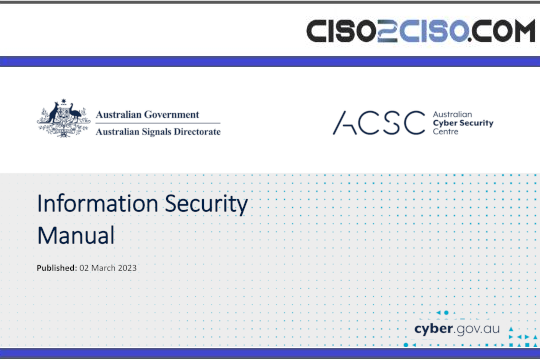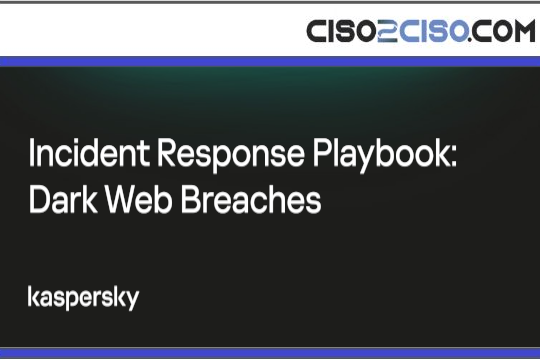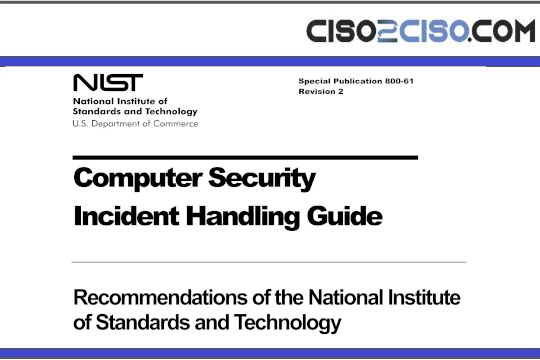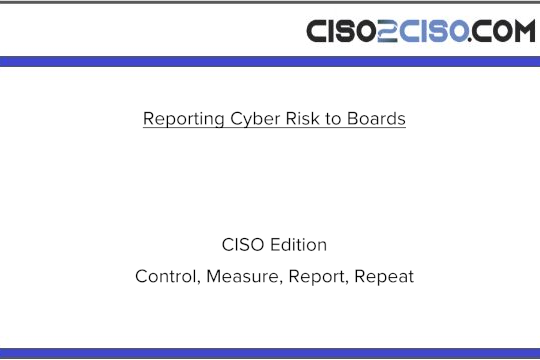Source: www.csoonline.com – Author:
Developed by Microsoft Research and the Defender teams, Project Ire utilizes advanced reasoning and reverse engineering tools to classify software threats without requiring prior signatures.
Microsoft has introduced Project Ire, an autonomous AI agent capable of analyzing and classifying software as either malicious or benign, without any prior knowledge of its origin or purpose.
Developed in collaboration between Microsoft Research, Microsoft Defender Research, and Microsoft Discovery & Quantum, the system uses advanced language models and a suite of callable reverse engineering and binary analysis tools to drive investigation and adjudication.
Project Ire was tested on publicly available datasets of Windows drivers, and has achieved a precision of 0.98 and a recall of 0.83, noted Microsoft. The company also acknowledged Project Ire to be the first reverse engineer at Microsoft, whether human or AI, to build a case strong enough to automatically block a specific advanced persistent threat (APT) malware sample. The threat was later confirmed and blocked by Microsoft Defender.
How Project Ire works
Microsoft Defender scans over one billion active devices monthly that routinely require manual review of software by experts, resulting in errors and alert fatigue. Hence, Project Ire’s architecture allows for reasoning at multiple levels, from low-level binary analysis to control flow reconstruction and high-level interpretation of code behavior.
Project Ire starts by identifying the file type and structure, then reconstructs the software’s control flow graph using tools such as angr and Ghidra. It analyzes key functions through an API, building a detailed “chain of evidence” to show how it reached its verdict. A built-in validator cross-checks findings against expert input to ensure accuracy before the system classifies the software as malicious or benign.
“Project Ire, as an autonomous AI prototype, advances beyond existing tools that rely on reverse engineering software to detect threats. Unlike current TDIR tools on the market, which depend on known machine learning or AI models and signatures for identifying known threats and patterns, Project Ire appears to perform deep, independent analysis of a file’s behaviour,” said Charanpal Bhogal, senior director analyst at Gartner. He added, “This enables it to identify new or previously undetected malicious code by using AI agents to examine the attack surface and deliver a clear ‘chain of evidence’ for action. The agentic AI element shifts from human-supported to fully autonomous approaches, while still maintaining a human in the loop.”
“Unlike established tools such as CrowdStrike Falcon, SentinelOne, and Palo Alto Cortex XDR, which rely on pattern recognition, supervised learning, and human validation, Ire is designed to independently generate malware analyses and deliver interpretable threat classifications using a reasoning engine that mimics human cognitive processes. This could reduce alert fatigue and triage times,” said Manish Rawat, analyst at TechInsights.
Real-world testing
In real-world tests on 4,000 “hard-target” files that had stumped automated tools, Project Ire flagged 9 malicious files out of 10 files correctly, and a low 4% false positive rate.
This makes Project Ire suitable for organizations that operate in high-risk, high-volume, and time-sensitive environments where traditional human-based threat triage is insufficient.
Rawat added that ideal adopters include cloud-native enterprises, multinational corporations, and critical infrastructure sectors managing vast, complex attack surfaces. Even mid-sized firms with under-resourced Security Operations Centers (SOCs) can benefit, as Ire helps scale detection amid cybersecurity talent shortages.
According to Bhogal, large enterprises with mature software development programs, especially in defense, healthcare, financial services, government, and manufacturing, are also well-positioned to gain value from Ire.
Deployment challenges
Currently a prototype, Microsoft plans to leverage Project Ire inside Microsoft’s Defender organization as a Binary Analyzer for threat detection and software classification.
But adopting Microsoft’s Project Ire in real-world SOCs would require significant technical and operational shifts. “Adopting Project Ire in enterprise SOCs would require integration with existing SIEM and SOAR systems, robust computing infrastructure for LLMs, analyst training to interpret AI outputs, redesigned escalation processes, and updated governance to ensure transparency, compliance, and risk control,” said Pareekh Jain, CEO at EIIRTrend & Pareekh Consulting.
Project Ire signals a growing industry move toward agentic AI, where autonomous systems will be capable of acting, adapting, and making decisions independently. But at the same time, over-reliance on autonomous systems can also pose notable risks such as overconfidence in AI decisions, model drift or adversarial exploitation, lack of explainability, and human skill decay from over-delegation, added Jain.
SUBSCRIBE TO OUR NEWSLETTER
From our editors straight to your inbox
Get started by entering your email address below.
Original Post url: https://www.csoonline.com/article/4035728/project-ire-microsofts-autonomous-ai-agent-that-can-reverse-engineer-malware.html
Category & Tags: Malware, Security – Malware, Security
Views: 3















